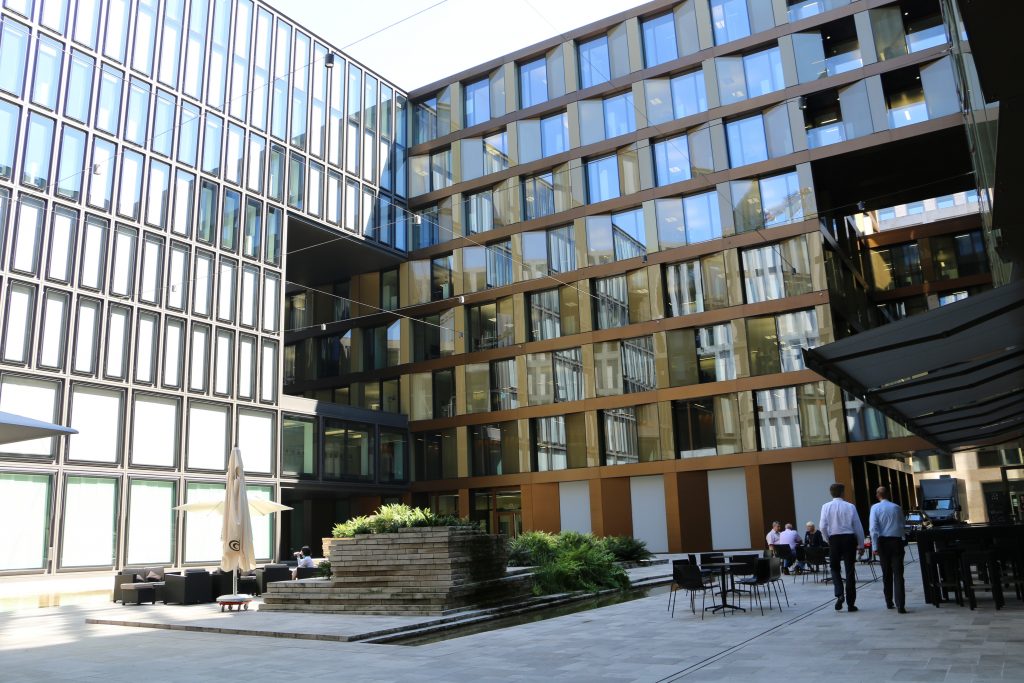The Lanham Act provides trademark owners five different types of damages as compensation for the infringement of the trademark. Those five damage measure are (1) infringers’ profits, (2) actual damages the trademark owner sustained, (3) a reasonable royalty, (4) attorney’s fees, and (5) costs.
Click to navigate to a section on the page
Reasonable Royalty
Vallit has extensive experience in providing reasonable royalty calculations for trademark infringement matters. A trademark owner may recover a reasonable royalty as a measure of damages that represents either the actual loss or the unjust enrichment. The calculation of a reasonable royalty can be based on historical licensing agreements of the trademark, comparable licensing agreements for similar trademarks owned by the infringed party or an analysis of a hypothetical negotiation between the infringed party and the infringer.


Infringers’ Profits
The Lanham Act authorizes the infringed trademark owner to recover damages in the form of the infringers’ profits. The infringers’ profits calculation involves determining the sales, expenses and profits associated with the infringing act. In WMS Gaming Inc. v. WPC Prod. Ltd., 542 F.3d 601, 608 (7th Cir. 2008), the court ruled that a trademark owner may prove the infringers’ sales by simply estimating proof of the infringers’ gross revenues. Subsequently, it is the burden of the infringer to prove the deductions associated with the sales and infringing activity.
Actual Loss (Lost Profits/Lost Value)
A trademark owner must prove that actual customer confusion caused actual damages to incur. While there are exceptions to the rule, a trademark owner may prove customer confusion with evidence of diversification of sales or by presenting survey results establishing actual customer confusion. The actual loss of the trademark owner is commonly in the form of lost profits where the expert considers the contribution margin of the hypothetical but-for scenario and the contribution margin of what actually happened to the trademark owner. The difference between the contribution margin of the but-for and actual scenario is lost profits.


Actual Costs
In some instances, the trademark owner may have incurred additional costs as a result of the actions of the trademark infringer. In this instance, a review of the financial performance of the trademark owner during the specified time period may indicate additional expenses that were incurred that directly resulted from the patent being infringed upon. These costs may also relate to mitigation efforts by the trademark owner.
Ready to get in touch with a Vallit Advisor?
Our Services
Providing a Clear View of The Financial Picture
Vallit is focused solely on dispute consulting, business valuation and forensic accounting. Our senior team members have testified over 200 times in Federal, State and International courts. Our dispute expertise ranges from family law to complex commercial and intellectual property matters in a wide variety of industries. In non-disputes, our valuation reports are relied on by estate and trust attorneys, auditors, and business decision makers for tax, financial reporting and transaction purposes.
